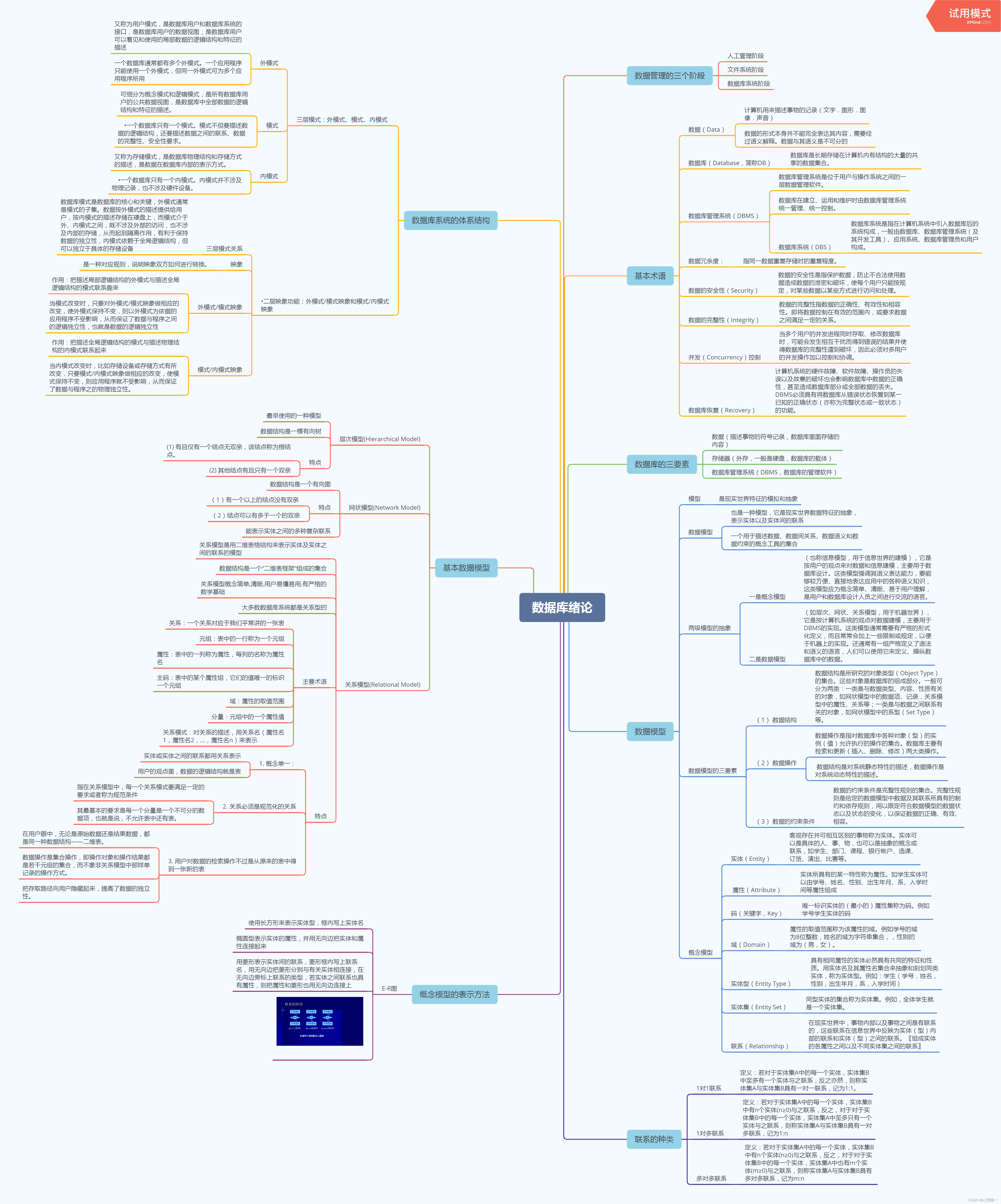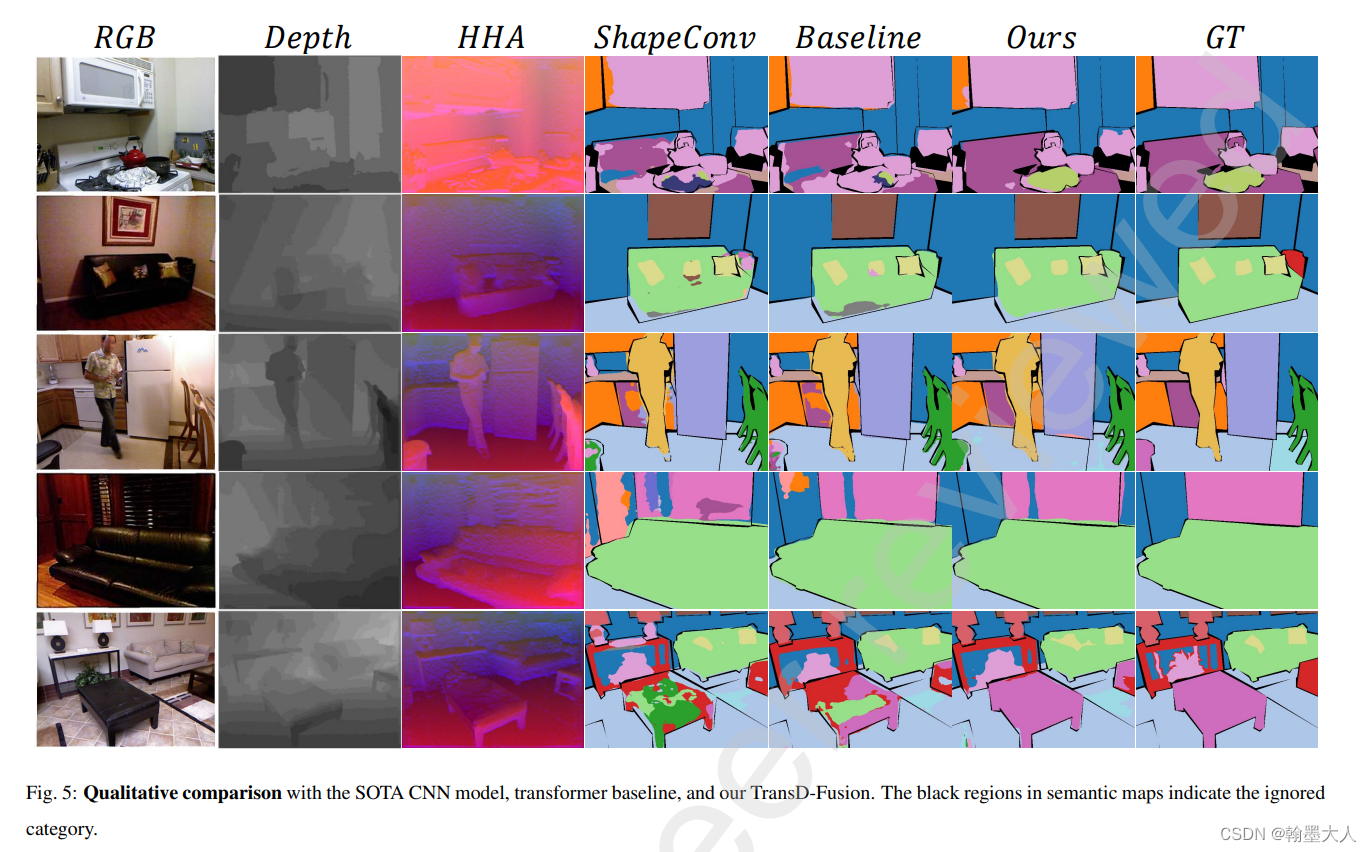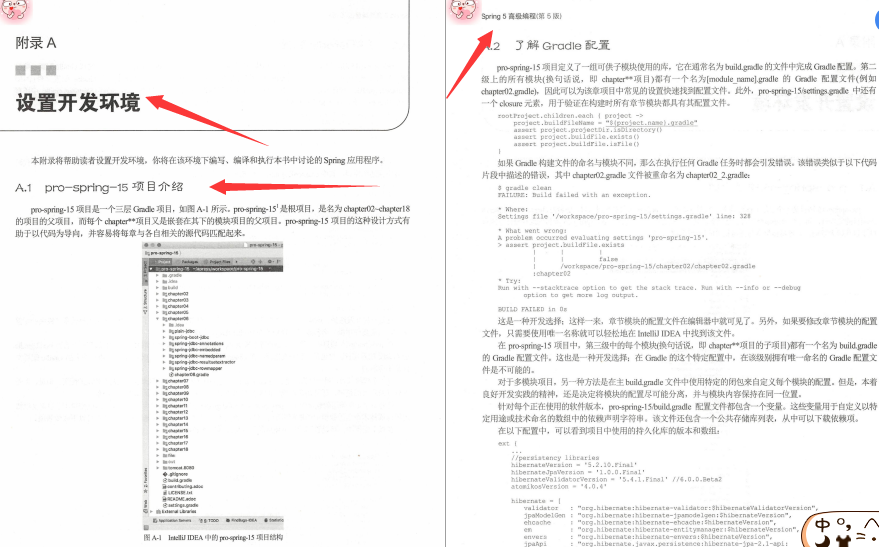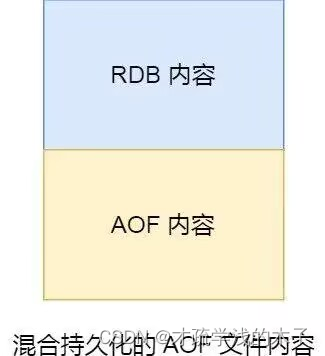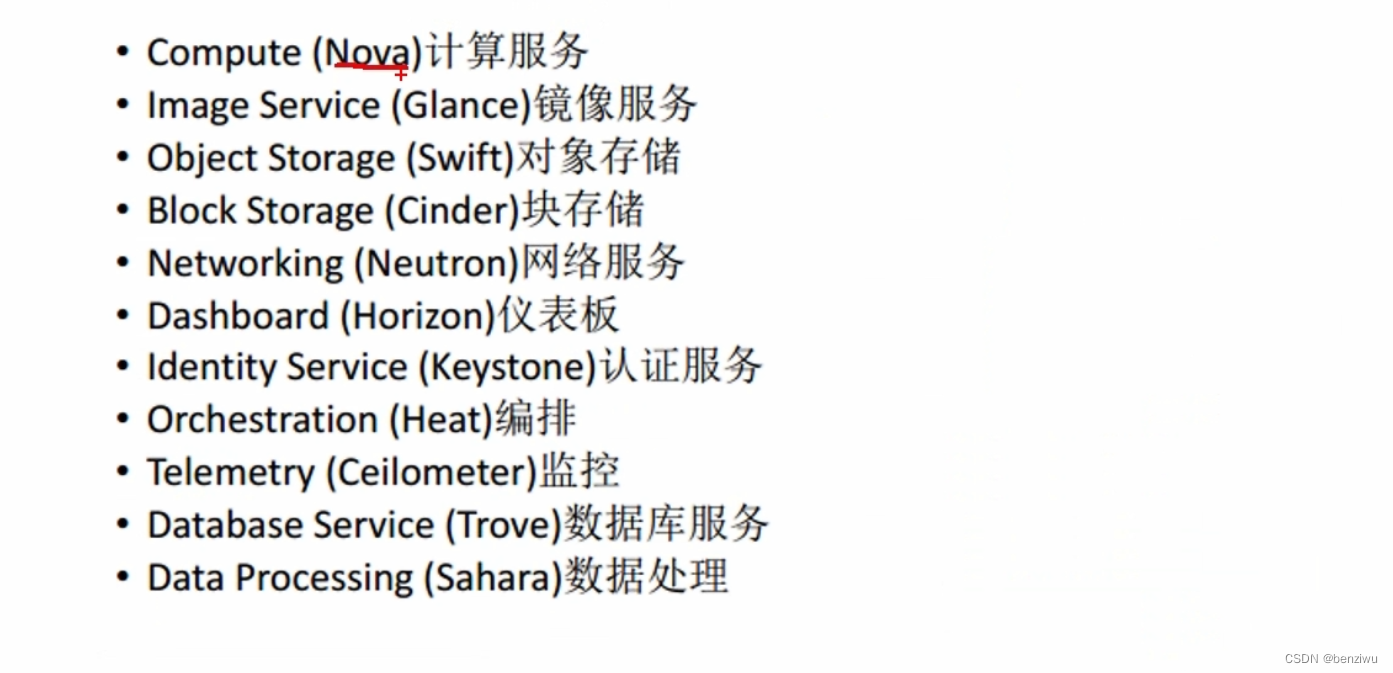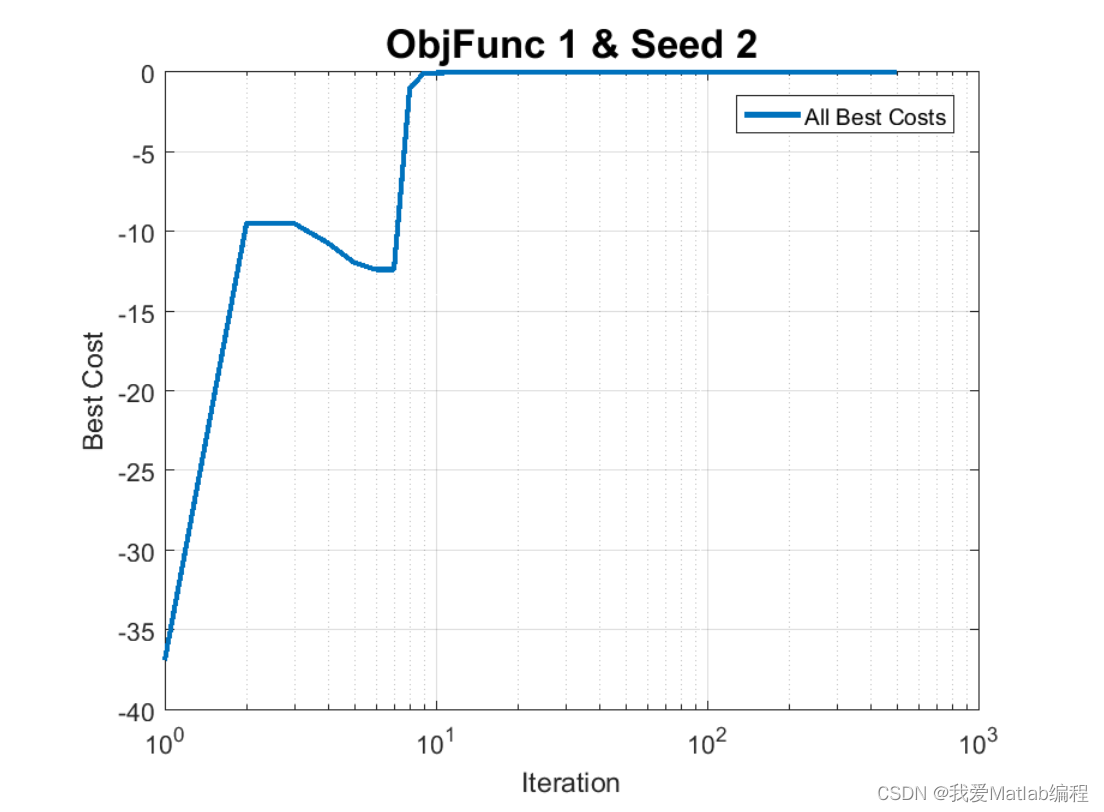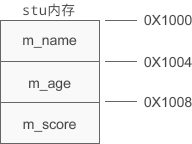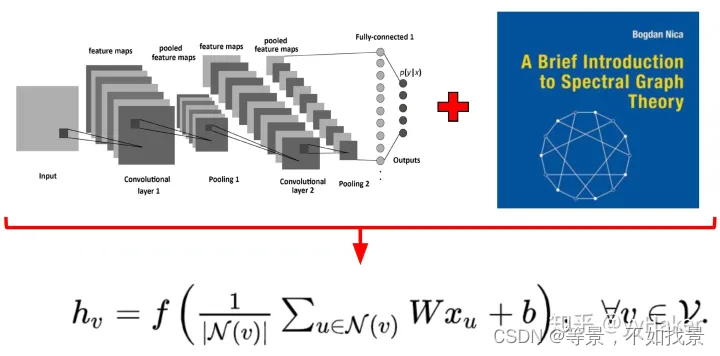前言
go语言没有ArrayList这样的封装,但是官方原生提供slice,底层就是数组存储,并且能自动扩容,相较于ArrayList的默认10,扩容5,slice的逻辑是有区别的。slice默认容量0。
demo
go版本号
huahua@Mac-mini ~ % go version
go version go1.18.1 darwin/amd64
func main() {
var s0 []int
fmt.Println(s0, len(s0), cap(s0))
s1 := []int{1, 2, 3}
fmt.Println(s1, len(s1), cap(s1))
s1 = append(s1, 1, 2, 3, 4)
fmt.Println(s1, len(s1), cap(s1))
}结果如下

可以看到,go slice的默认容量为0,并且可以根据实际的数据长度推断容量。
扩容的时候默认扩容2倍长度(前提<256),如果超过当前容量的2倍,那么扩容容量就是实际长度的偶数值(如果长度是奇数,那么就加1),如果容量超过256,实际执行1.25x扩容,直到容量足够存储。
如果超过当前容量的2倍,那么扩容容量就是实际长度的偶数值
这个可能跟内存分配有关,可以看下面的源码分析
源码分析
go/src/runtime/slice.go
func growslice(et *_type, old slice, cap int) slice {
//...省略...
newcap := old.cap //旧容量
doublecap := newcap + newcap //2倍扩容
if cap > doublecap {
newcap = cap //如果超过,就用实际容量
} else {
const threshold = 256
if old.cap < threshold {
newcap = doublecap //小于256,双倍扩容
} else {
// Check 0 < newcap to detect overflow
// and prevent an infinite loop.
for 0 < newcap && newcap < cap {
// Transition from growing 2x for small slices
// to growing 1.25x for large slices. This formula
// gives a smooth-ish transition between the two.
newcap += (newcap + 3*threshold) / 4 //上面的注释很明显 1.25X,知道容量足够
}
// Set newcap to the requested cap when
// the newcap calculation overflowed.
if newcap <= 0 {
newcap = cap
}
}
}
//...省略...
memmove(p, old.array, lenmem)
return slice{p, old.len, newcap}
}这个是扩容原理,那么为什么在需要的容量是奇数的时候,却分配偶数的容量呢,跟内存的分配有关
var overflow bool
var lenmem, newlenmem, capmem uintptr
// Specialize for common values of et.size.
// For 1 we don't need any division/multiplication.
// For goarch.PtrSize, compiler will optimize division/multiplication into a shift by a constant.
// For powers of 2, use a variable shift.
switch {
case et.size == 1:
lenmem = uintptr(old.len)
newlenmem = uintptr(cap)
capmem = roundupsize(uintptr(newcap))
overflow = uintptr(newcap) > maxAlloc
newcap = int(capmem)
case et.size == goarch.PtrSize:
lenmem = uintptr(old.len) * goarch.PtrSize
newlenmem = uintptr(cap) * goarch.PtrSize
capmem = roundupsize(uintptr(newcap) * goarch.PtrSize)
overflow = uintptr(newcap) > maxAlloc/goarch.PtrSize
newcap = int(capmem / goarch.PtrSize)
case isPowerOfTwo(et.size):
var shift uintptr
if goarch.PtrSize == 8 {
// Mask shift for better code generation.
shift = uintptr(sys.Ctz64(uint64(et.size))) & 63
} else {
shift = uintptr(sys.Ctz32(uint32(et.size))) & 31
}
lenmem = uintptr(old.len) << shift
newlenmem = uintptr(cap) << shift
capmem = roundupsize(uintptr(newcap) << shift)
overflow = uintptr(newcap) > (maxAlloc >> shift)
newcap = int(capmem >> shift)
default:
lenmem = uintptr(old.len) * et.size
newlenmem = uintptr(cap) * et.size
capmem, overflow = math.MulUintptr(et.size, uintptr(newcap))
capmem = roundupsize(capmem)
newcap = int(capmem / et.size)
}跟roundupsize有关,优化无处不在,这里面涉及到内存page的概念和分配内存逻辑
func roundupsize(size uintptr) uintptr {
if size < _MaxSmallSize {
if size <= smallSizeMax-8 {
return uintptr(class_to_size[size_to_class8[divRoundUp(size, smallSizeDiv)]])
} else {
return uintptr(class_to_size[size_to_class128[divRoundUp(size-smallSizeMax, largeSizeDiv)]])
}
}
if size+_PageSize < size {
return size
}
return alignUp(size, _PageSize)
}笔者自己把这部分代码扣出来了
package runtime_demo
func Calc(cap int) int {
capmem := roundupsize(uintptr(cap))
return int(capmem)
}
const (
_MaxSmallSize = 32768
smallSizeDiv = 8
smallSizeMax = 1024
largeSizeDiv = 128
_NumSizeClasses = 68
_PageShift = 13
_PageSize = 1 << _PageShift
)
var class_to_size = [_NumSizeClasses]uint16{0, 8, 16, 24, 32, 48, 64, 80, 96, 112, 128, 144, 160, 176, 192, 208, 224, 240, 256, 288, 320, 352, 384, 416, 448, 480, 512, 576, 640, 704, 768, 896, 1024, 1152, 1280, 1408, 1536, 1792, 2048, 2304, 2688, 3072, 3200, 3456, 4096, 4864, 5376, 6144, 6528, 6784, 6912, 8192, 9472, 9728, 10240, 10880, 12288, 13568, 14336, 16384, 18432, 19072, 20480, 21760, 24576, 27264, 28672, 32768}
var class_to_allocnpages = [_NumSizeClasses]uint8{0, 1, 1, 1, 1, 1, 1, 1, 1, 1, 1, 1, 1, 1, 1, 1, 1, 1, 1, 1, 1, 1, 1, 1, 1, 1, 1, 1, 1, 1, 1, 1, 1, 1, 1, 2, 1, 2, 1, 2, 1, 3, 2, 3, 1, 3, 2, 3, 4, 5, 6, 1, 7, 6, 5, 4, 3, 5, 7, 2, 9, 7, 5, 8, 3, 10, 7, 4}
var class_to_divmagic = [_NumSizeClasses]uint32{0, ^uint32(0)/8 + 1, ^uint32(0)/16 + 1, ^uint32(0)/24 + 1, ^uint32(0)/32 + 1, ^uint32(0)/48 + 1, ^uint32(0)/64 + 1, ^uint32(0)/80 + 1, ^uint32(0)/96 + 1, ^uint32(0)/112 + 1, ^uint32(0)/128 + 1, ^uint32(0)/144 + 1, ^uint32(0)/160 + 1, ^uint32(0)/176 + 1, ^uint32(0)/192 + 1, ^uint32(0)/208 + 1, ^uint32(0)/224 + 1, ^uint32(0)/240 + 1, ^uint32(0)/256 + 1, ^uint32(0)/288 + 1, ^uint32(0)/320 + 1, ^uint32(0)/352 + 1, ^uint32(0)/384 + 1, ^uint32(0)/416 + 1, ^uint32(0)/448 + 1, ^uint32(0)/480 + 1, ^uint32(0)/512 + 1, ^uint32(0)/576 + 1, ^uint32(0)/640 + 1, ^uint32(0)/704 + 1, ^uint32(0)/768 + 1, ^uint32(0)/896 + 1, ^uint32(0)/1024 + 1, ^uint32(0)/1152 + 1, ^uint32(0)/1280 + 1, ^uint32(0)/1408 + 1, ^uint32(0)/1536 + 1, ^uint32(0)/1792 + 1, ^uint32(0)/2048 + 1, ^uint32(0)/2304 + 1, ^uint32(0)/2688 + 1, ^uint32(0)/3072 + 1, ^uint32(0)/3200 + 1, ^uint32(0)/3456 + 1, ^uint32(0)/4096 + 1, ^uint32(0)/4864 + 1, ^uint32(0)/5376 + 1, ^uint32(0)/6144 + 1, ^uint32(0)/6528 + 1, ^uint32(0)/6784 + 1, ^uint32(0)/6912 + 1, ^uint32(0)/8192 + 1, ^uint32(0)/9472 + 1, ^uint32(0)/9728 + 1, ^uint32(0)/10240 + 1, ^uint32(0)/10880 + 1, ^uint32(0)/12288 + 1, ^uint32(0)/13568 + 1, ^uint32(0)/14336 + 1, ^uint32(0)/16384 + 1, ^uint32(0)/18432 + 1, ^uint32(0)/19072 + 1, ^uint32(0)/20480 + 1, ^uint32(0)/21760 + 1, ^uint32(0)/24576 + 1, ^uint32(0)/27264 + 1, ^uint32(0)/28672 + 1, ^uint32(0)/32768 + 1}
var size_to_class8 = [smallSizeMax/smallSizeDiv + 1]uint8{0, 1, 2, 3, 4, 5, 5, 6, 6, 7, 7, 8, 8, 9, 9, 10, 10, 11, 11, 12, 12, 13, 13, 14, 14, 15, 15, 16, 16, 17, 17, 18, 18, 19, 19, 19, 19, 20, 20, 20, 20, 21, 21, 21, 21, 22, 22, 22, 22, 23, 23, 23, 23, 24, 24, 24, 24, 25, 25, 25, 25, 26, 26, 26, 26, 27, 27, 27, 27, 27, 27, 27, 27, 28, 28, 28, 28, 28, 28, 28, 28, 29, 29, 29, 29, 29, 29, 29, 29, 30, 30, 30, 30, 30, 30, 30, 30, 31, 31, 31, 31, 31, 31, 31, 31, 31, 31, 31, 31, 31, 31, 31, 31, 32, 32, 32, 32, 32, 32, 32, 32, 32, 32, 32, 32, 32, 32, 32, 32}
var size_to_class128 = [(_MaxSmallSize-smallSizeMax)/largeSizeDiv + 1]uint8{32, 33, 34, 35, 36, 37, 37, 38, 38, 39, 39, 40, 40, 40, 41, 41, 41, 42, 43, 43, 44, 44, 44, 44, 44, 45, 45, 45, 45, 45, 45, 46, 46, 46, 46, 47, 47, 47, 47, 47, 47, 48, 48, 48, 49, 49, 50, 51, 51, 51, 51, 51, 51, 51, 51, 51, 51, 52, 52, 52, 52, 52, 52, 52, 52, 52, 52, 53, 53, 54, 54, 54, 54, 55, 55, 55, 55, 55, 56, 56, 56, 56, 56, 56, 56, 56, 56, 56, 56, 57, 57, 57, 57, 57, 57, 57, 57, 57, 57, 58, 58, 58, 58, 58, 58, 59, 59, 59, 59, 59, 59, 59, 59, 59, 59, 59, 59, 59, 59, 59, 59, 60, 60, 60, 60, 60, 60, 60, 60, 60, 60, 60, 60, 60, 60, 60, 60, 61, 61, 61, 61, 61, 62, 62, 62, 62, 62, 62, 62, 62, 62, 62, 62, 63, 63, 63, 63, 63, 63, 63, 63, 63, 63, 64, 64, 64, 64, 64, 64, 64, 64, 64, 64, 64, 64, 64, 64, 64, 64, 64, 64, 64, 64, 64, 64, 65, 65, 65, 65, 65, 65, 65, 65, 65, 65, 65, 65, 65, 65, 65, 65, 65, 65, 65, 65, 65, 66, 66, 66, 66, 66, 66, 66, 66, 66, 66, 66, 67, 67, 67, 67, 67, 67, 67, 67, 67, 67, 67, 67, 67, 67, 67, 67, 67, 67, 67, 67, 67, 67, 67, 67, 67, 67, 67, 67, 67, 67, 67, 67}
func roundupsize(size uintptr) uintptr {
if size < _MaxSmallSize {
if size <= smallSizeMax-8 {
return uintptr(class_to_size[size_to_class8[divRoundUp(size, smallSizeDiv)]])
} else {
return uintptr(class_to_size[size_to_class128[divRoundUp(size-smallSizeMax, largeSizeDiv)]])
}
}
if size+_PageSize < size {
return size
}
return alignUp(size, _PageSize)
}
func alignUp(n, a uintptr) uintptr {
return (n + a - 1) &^ (a - 1)
}
func divRoundUp(n, a uintptr) uintptr {
// a is generally a power of two. This will get inlined and
// the compiler will optimize the division.
return (n + a - 1) / a
}
slice扩容原理 总结
数组本质是不可扩容的,数组的扩容实际上就是创建新的数组,分配新的内存,然后执行数组的拷贝,所以slice实际上就需要数组新的内存地址的返回,指针指向新的内存地址。
扩容时:
当前需要容量如果小于当前的容量,无需扩容;否则2倍扩容
当前需要容量大于当前容量2倍,直接扩容至当前容量
如果需要的容量小于256,直接就是2倍扩容
如果需要的容量大于256,则1.25x扩容直到容量足够
实际扩容的容量会根据内存分配页优化,奇数容量会分配偶数容量
